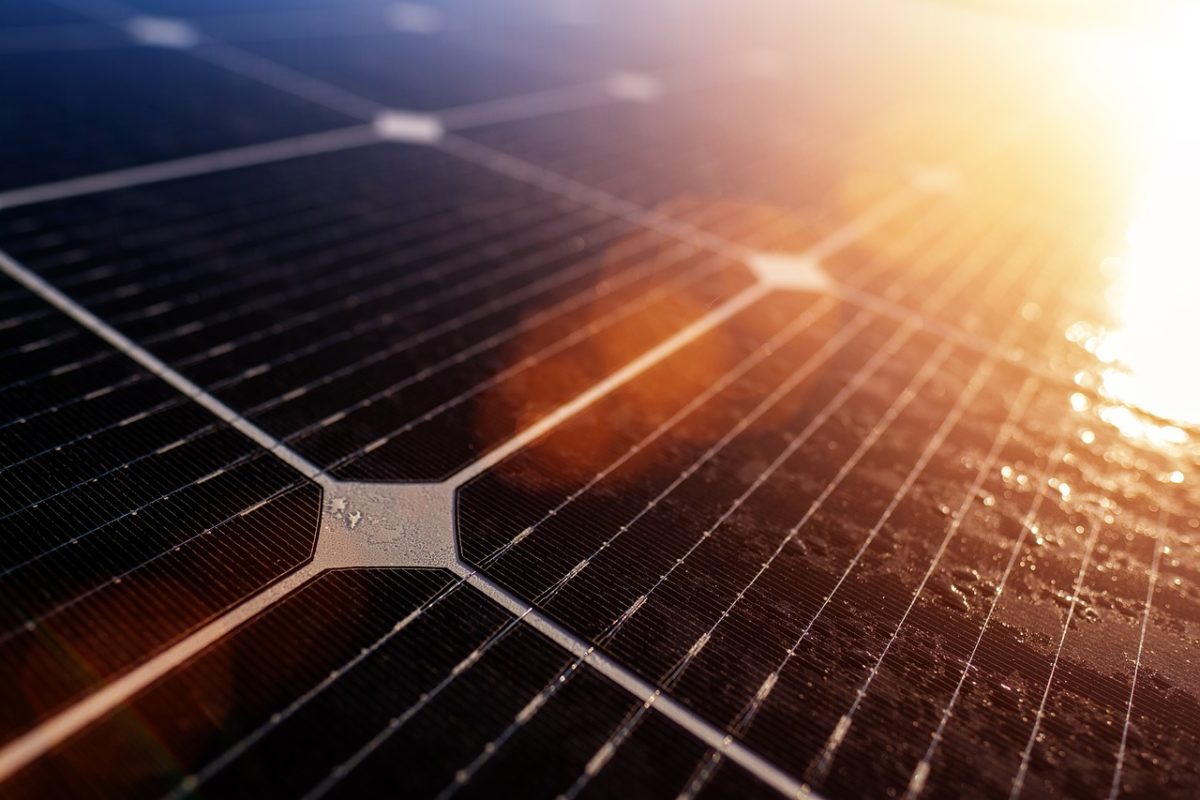The Department of Commerce made its final determination on the ongoing antidumping and countervailing duties (AD/CVD) case, finding that major suppliers in Thailand, Malaysia, Cambodia and Vietnam will be assessed tariffs for circumventing goods.
The final determination was in line with the preliminary ruling made in December 2022, assessing a blanket finding of circumventing for the four named nations. Only three major suppliers from the four named countries were found not to be in violation: Jinko, Hanwha Qcells and Boviet.
Clean Energy Associates (CEA) said that certain suppliers will not be able to avoid paying tariffs and are unlikely to export directly to the U.S. market after Biden’s tariff moratorium lifts on June 6, 2024.
In an industry note, CEA said there are multiple pathways to continue to export to the U.S. duty free:
- Use a non-China wafer to make the cells
- Use no more than two named bill of materials components (backsheets, glass, silver paste, EVA, junction boxes, aluminum frames) from China
- Be found not to be circumventing duties
CEA said that most suppliers will find it relatively easy to switch bill of material supply chains under the “no more than two” rule. As a result, CEA said it is likely module supply from Southeast Asia will continue, though some suppliers will likely have to adjust their supply chains to continue to enter the U.S. duty-free.
However, for cells exported directly to the U.S., it is more challenging to avoid duties. These suppliers will not be able to take advantage of the “no more than two” ruling.
“This limits the already scarce potential available supply of cells for U.S. module manufacturers, including the many module factories which have been announced and/or are under construction,” said CEA.
CEA noted that manufacturers in third countries, like India and Mexico, can import PV cells from the named countries, use these in module assembly, and export to the U.S. without being subject to duties. This applies to cells that would otherwise be subject to duties if exported directly to the U.S.
While the final ruling was not a positive or negative surprise in relation to the December 2022 preliminary ruling, it is set to pose challenges in cell supply in the U.S. Read more about the solar industry’s reaction to Commerce’s final ruling here.
This content is protected by copyright and may not be reused. If you want to cooperate with us and would like to reuse some of our content, please contact: editors@pv-magazine.com.









is a finished cell 1 named BoM component? can I buy Chinese cells and use them to build a compliant PV module as part of ‘no more than 2’ rule?